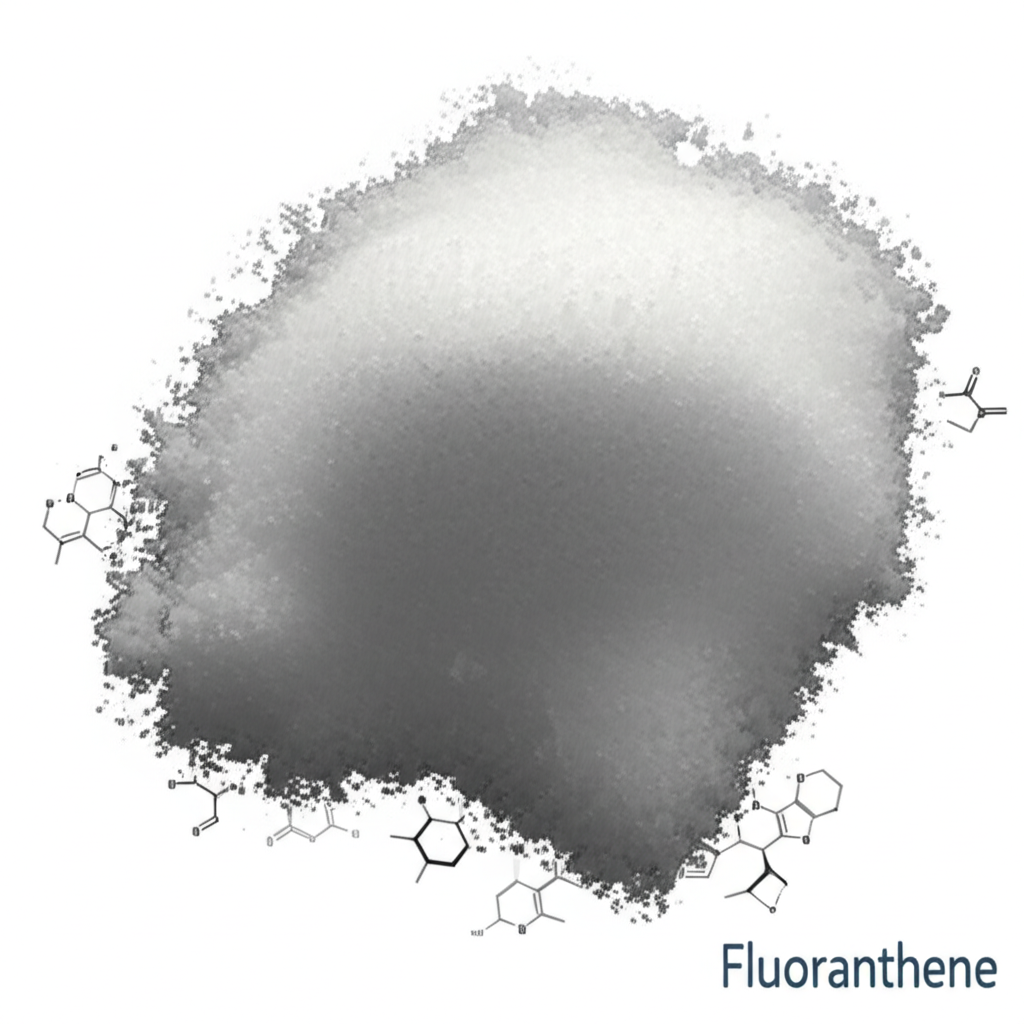Fluoranthene (CAS 206-44-0): Properties, Applications, and Environmental Impact
Understanding Fluoranthene's properties for effective environmental management and industrial applications.
Get a Quote & SampleProduct Core Value

Fluoranthene
Fluoranthene, identified by CAS number 206-44-0, is a significant polycyclic aromatic hydrocarbon (PAH) that originates from the incomplete combustion of organic matter. It presents as a colorless solid, characterized by its very low solubility in water and a strong tendency to adsorb onto organic matter. This persistence makes it a key concern in environmental management.
- Understanding Fluoranthene's environmental impact is crucial for effective water treatment strategies.
- The chemical properties of Fluoranthene, including its low volatility and strong adsorption, dictate its behavior in various environmental matrices.
- Exploring fluoranthene removal from water is essential for safeguarding aquatic ecosystems and human health.
- The uses of Fluoranthene extend to chemical research, pharmaceutical, and pesticide production, highlighting its industrial relevance.
Key Advantages
Environmental Persistence
Fluoranthene's characteristic strong adsorption to organic matter contributes to its persistence, necessitating robust methods for fluoranthene removal from water.
Industrial Utility
As an intermediate in pharmaceutical and pesticide production, understanding the properties of fluoranthene is vital for these sectors.
Health Risk Awareness
Recognizing the fluoranthene health risks, including its potential carcinogenic properties, underscores the importance of managing its environmental presence.
Key Applications
Water Treatment
Developing effective strategies for fluoranthene removal from water is a critical aspect of wastewater management.
Chemical Research
The chemical properties of Fluoranthene make it a subject of interest in various research applications.
Pharmaceutical Intermediates
Fluoranthene serves as a building block in the synthesis of certain pharmaceuticals.
Pesticide Production
Its chemical structure lends itself to applications in the development of agricultural chemicals.
